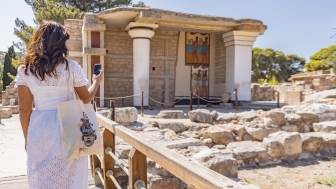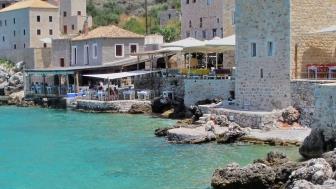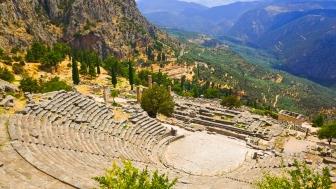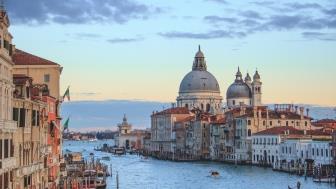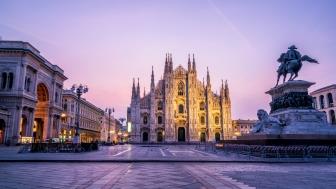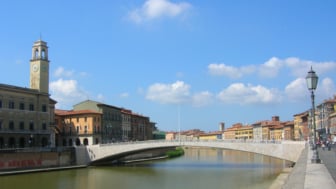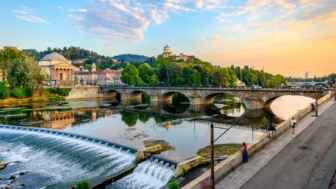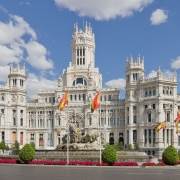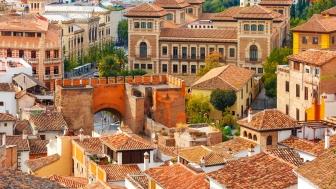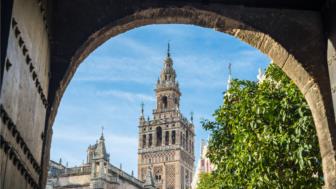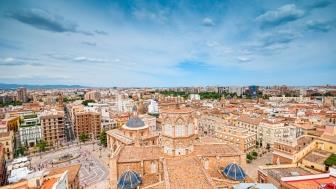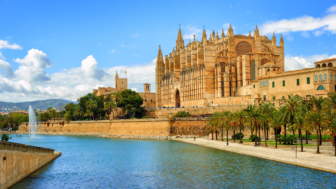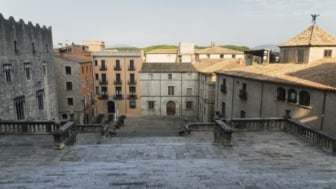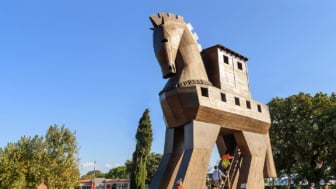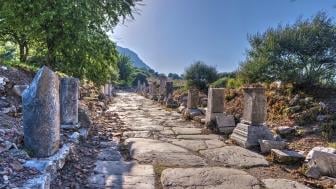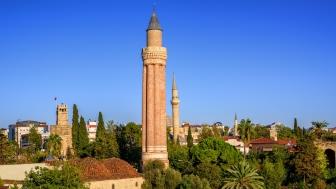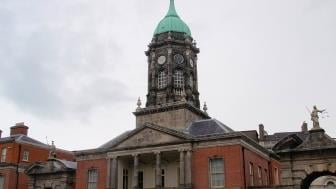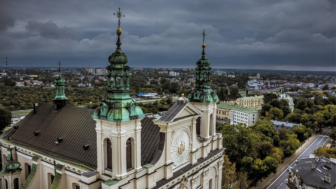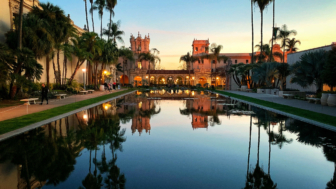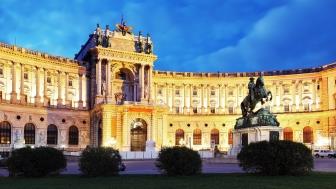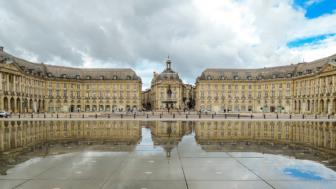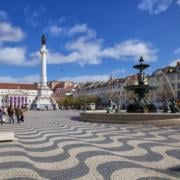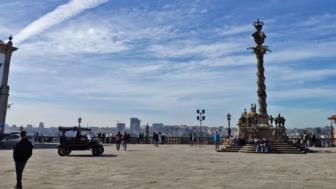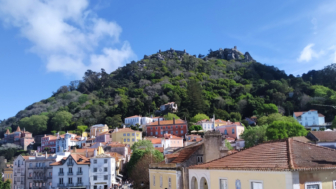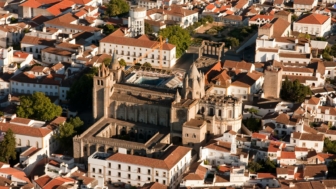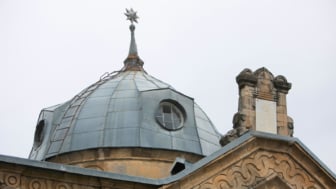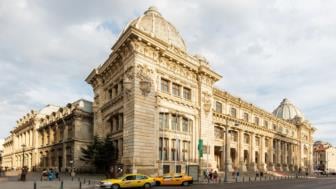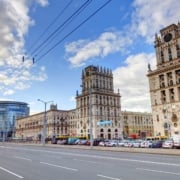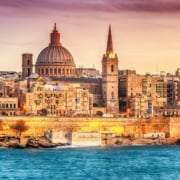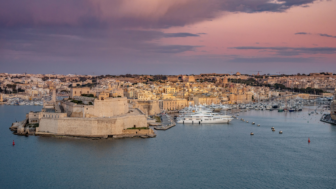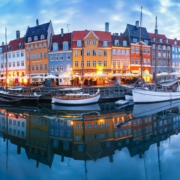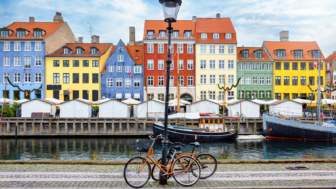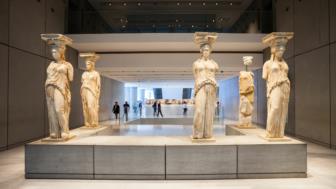Would you ever guess how many different names could the famous Santa Claus have? His story is well known, but are you sure you know the original one?
1. Who is Saint Nicholas?
The origin of Santa Claus goes back to the late third century, around 280 A.D. He was a Greek-born bishop, St. Nicholas who lived in a place called Myra in Asia Minor (now called Turkey). He was a very rich man who used his entire inheritance to assist the needy, the sick, and the suffering.
2. The custom of gift-giving & stockings hanging
There many stories about Nicholas protecting kids and poor people. One of the most popular goes like this: A poor man had three daughters and as he couldn’t provide them with the dowry, they couldn’t get married. One night Nicholas secretly dropped a bag of gold down the chimney and into the house. The bag fell into the stocking that was hung by the fire to dry. This happened again some days later, so the father puzzled, decided to lurk in the dark until he caught Nicholas dropping the bag of gold. Although he asked him to keep his identity secret the news soon went out. From that moment on, whoever received a secret gift, it was thought that maybe it was from Nicholas.

3. From St. Nicholas to Santa Claus
In the 16th Century in northern Europe, after the Reformation, St. Nicholas became unpopular. However, someone should deliver gifts to the kids. In the U.K he became ‘Father Christmas’ or ‘Old Man Christmas’, in France ‘Père Nöel’, in Austria and Germany ‘Christkind’, and in the early USA ‘Kris Kringle’. Later on, as Dutch settled in the U.S.A, mingled ‘Kris Kringle’ and the stories of St. Nicholas and ‘Sinterklaas’, as we now say ‘Santa Claus’ was created!
4. The Victorian St. Nicholas
St. Nicholas became popular again during the Victorian period when many writers, poets and artists rediscovered his stories. During that time his bishops’ ropes had a range of colors (red, green, blue and brown fur) but red was always his favorite!
5.”Twas The Night Before Christmas”
In 1822 Clement Clarke Moore wrote for his children the poem “A Visit From St. Nicholas,” better known today as “Twas The Night Before Christmas”. The main characteristics of Santa Claus were set in that poem. He is described as “chubby and plump, a right jolly old elf” having “a little round belly”. He is riding in a sleigh that lands on the roofs of the well-behaved children, entering through the chimney and has a very big bag full of toys. There is also a mention to the 8 reindeer, although Rudolph was not part of the crew at that time!
6. The Reindeer
In Clement’s poem, there is a mention of 8 reindeer: Dasher, Dancer, Prancer Vixen, Comet, Cupid, Dunder and Blixem (Dunder and Blixem came from the old Dutch words for thunder and lightning and they were changed later to Donner and Blitzen). Rudolph is actually the 20th-century addition thanks to the Christmas song “Rudolph the Red-Nosed Reindeer”. According to Robert May’s story, Rudolph was having a difficult time due to his glowing nose. However, when Santa Claus visited his house and asked him to illuminate the team’s path through the foggy night, he returned home as a hero. Since then, Rudolph became Santa’s ninth reindeer and his sleigh’s guide!
Did you know that Santa’s reindeer are assumed to be female? Only female reindeer keep their antlers throughout winter, while the male ones grow a new pair in the spring!
7. The most famous image of Santa
Thomas Nast created the illustration of Saint Claus, published by the magazine Harper’s Weekly in January 1863. Santa appears in the cover visiting a Civil War Camp distributing gifts to Union troops. For the next twenty years, Thomas Nast continued to create images of Santa Claus with many variations, adding details to his story and life. The most famous image of Santa was published in the 1881 issue of Harper’s Weekly. In this image, Santa Claus is in his red and white costume, has a big red belly and a smoking pipe.
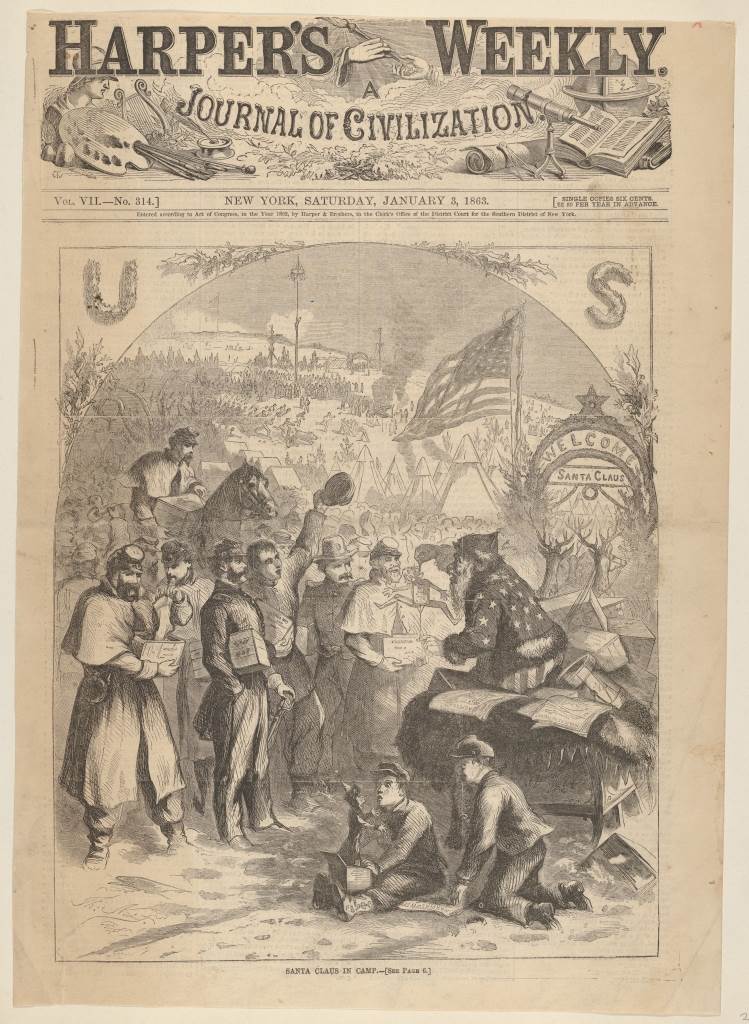
8. Coca Cola Santa Claus
The Christmas Urban Legend that Coca Cola designed Santa Claus in a red suit isn’t true after all. However, Haddon Sundblom drew in 1931 the first Coke Santa, inspired by Nast’s creation. In this version though, Santa Claus was bigger and jollier keeping a coke bottle instead of the pipe. In 1955 Coke introduced the ‘Coca-Cola Christmas truck’ in the ‘Holidays are coming’ TV adverts. The red truck, covered with lights and with the classic ‘Coke Santa’ on its sides is now a famous part of recent Christmas history.
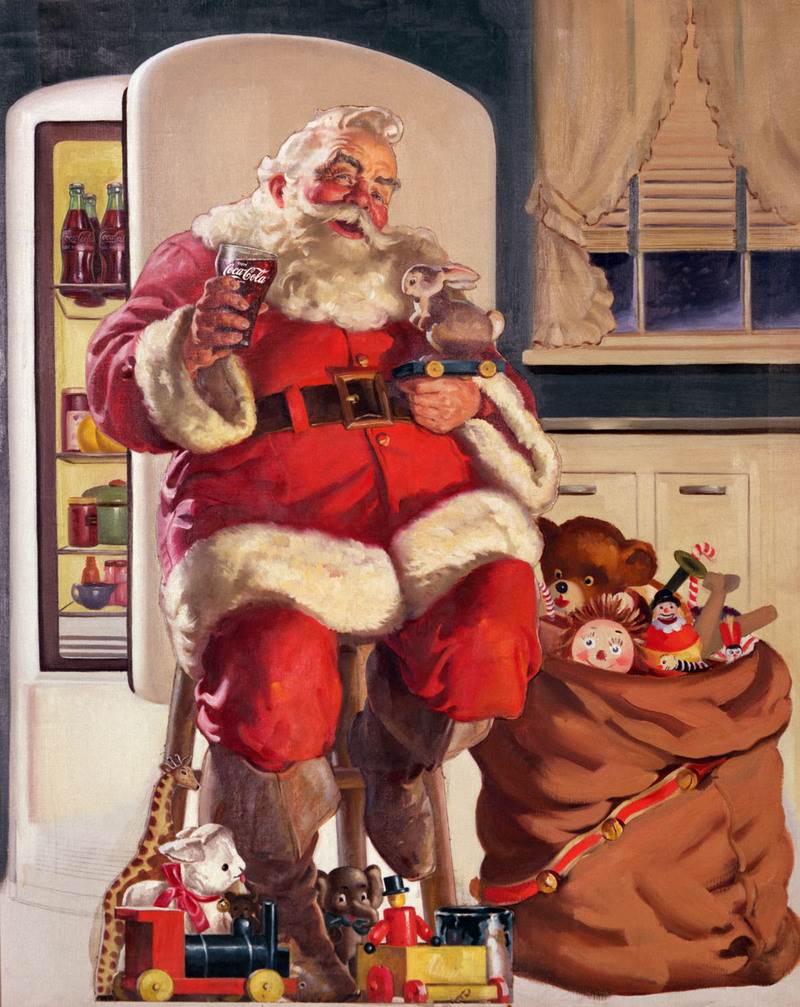
9. St. Basil
In Greece, Santa Claus is called Agios Vasilis and comes from Caesarea. He brings the presents on New Year’s Eve, riding his reindeer sleigh, to the well-behaved children only. There is also a Greek tradition when celebrating New Year’s Eve. A special New Year’s cake, vasilopita is baked and inside it is hidden a charm. Then, the cake is distributed and there is a piece even for Agios Vasilis, the house and then the rest of the family. Whoever gets the coin, is believed to have a really lucky and happy year.
10. Track Santa
Would you like to track Santa? Well, now you can! Explore the North Pole and Santa’s Village and get in the festive mood! The North American Aerospace Defense Command (NORAD) provides a family-friendly program to track Santa December 24th around the world using military sensors and technology. It goes live each Dec. 1 with games, videos, information and more!
Christmas is right ahead of us! Some of us are really looking forward to the festive season but there are some people who are not that big Christmas fans! If you are part of the second group then you may want to read this!




